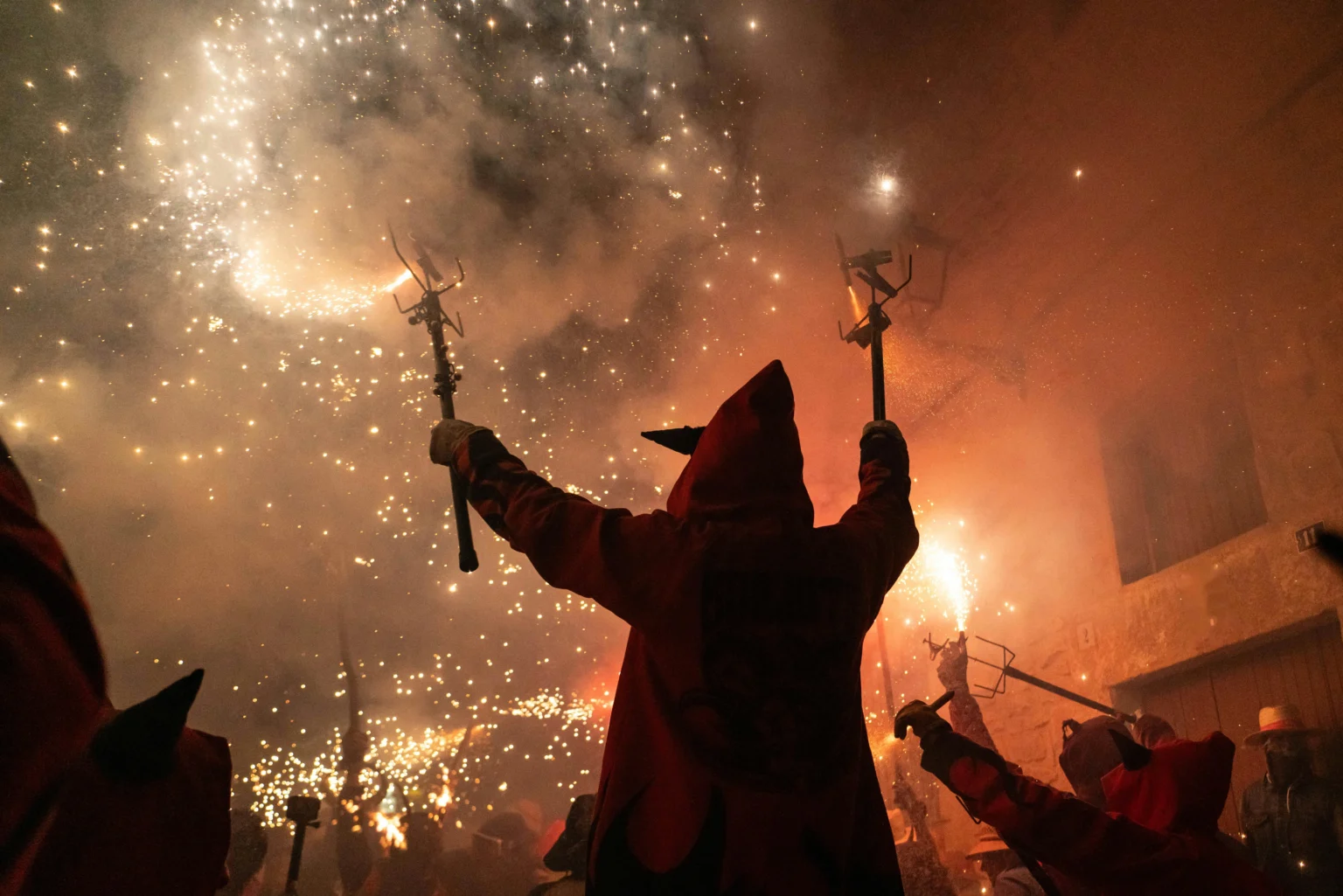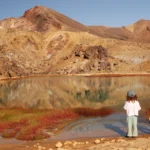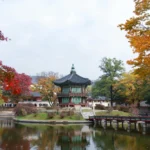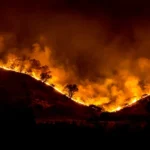Spain doesn’t just celebrate life—it throws tomatoes at it, sets it on fire, parades it through the streets, and dances till dawn in its honor. If you’re the kind of traveler who lives for energy, chaos, and culture with a heartbeat, Spain’s festivals are more than events. They’re experiences that tattoo themselves into your memory.
Let’s journey through some of the wildest, weirdest, and most wonderful fiestas that make Spain one of the most festive countries on earth.
1. La Tomatina: Where Tomatoes Fly and Rules Die in Spain
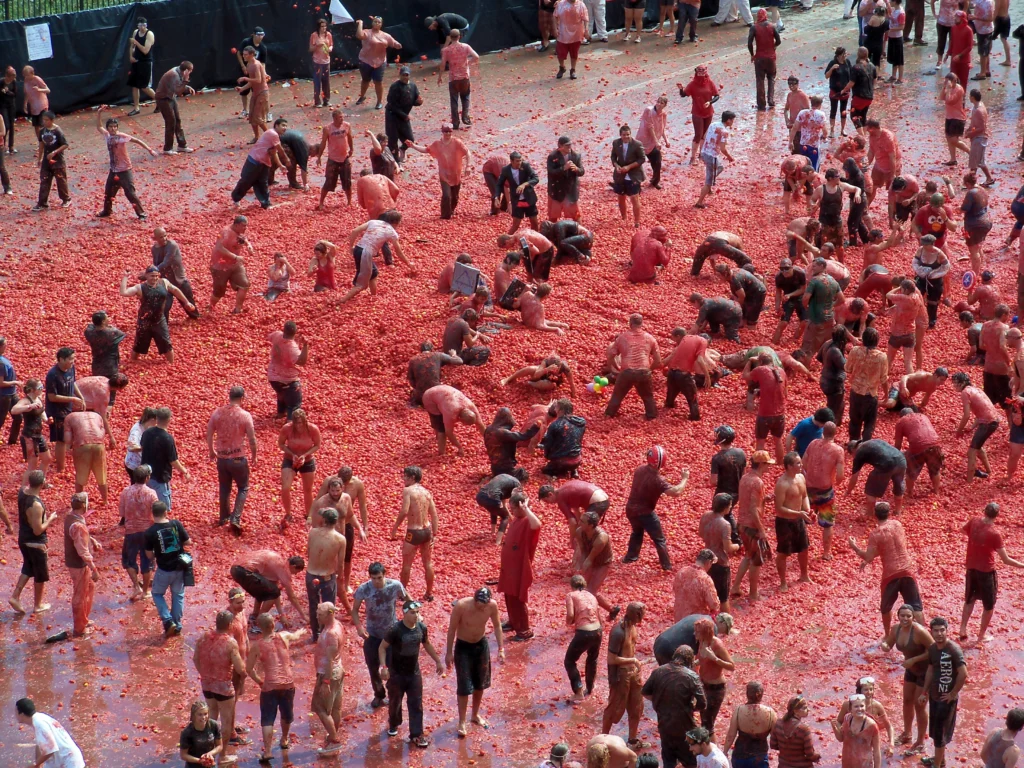
Buñol, last Wednesday of August
Picture this: thousands of people in goggles, crammed into narrow streets, armed with overripe tomatoes. At 11 a.m. sharp, a ham is pulled down from a greased pole (yes, really), signaling the start of the world’s most epic food fight.
For one glorious hour, Buñol turns into a sea of red pulp, and everyone is fair game.
Why it’s wild: There’s no deeper meaning—just pure, messy fun. Bring a change of clothes. And don’t wear white unless you want to see it turn permanently pink.
2. Las Fallas, Spain : Valencia on Fire (Literally)
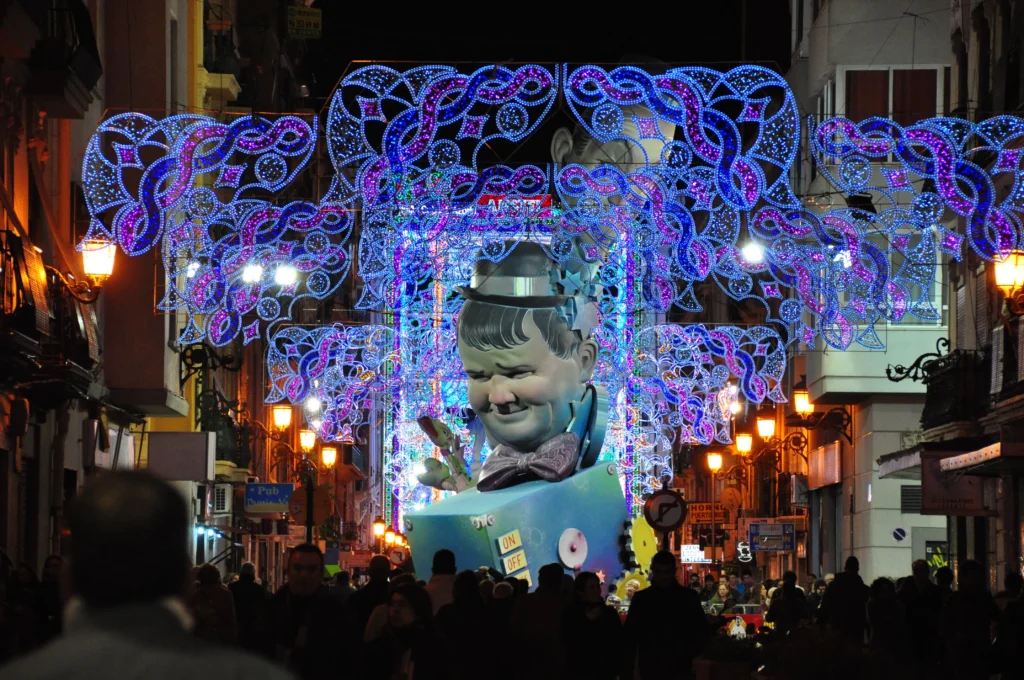
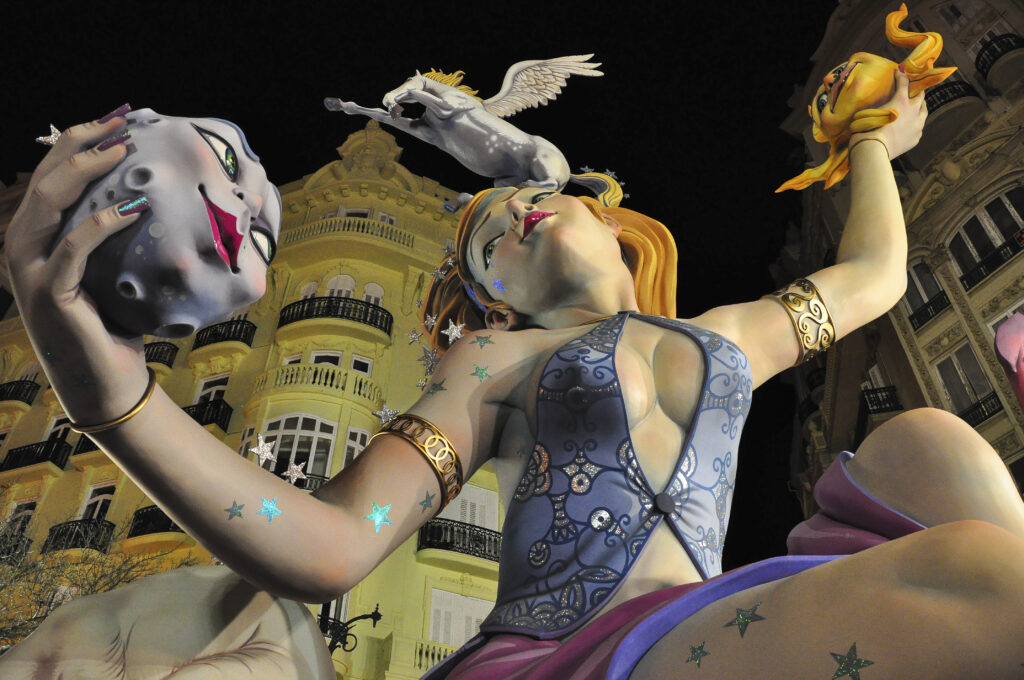
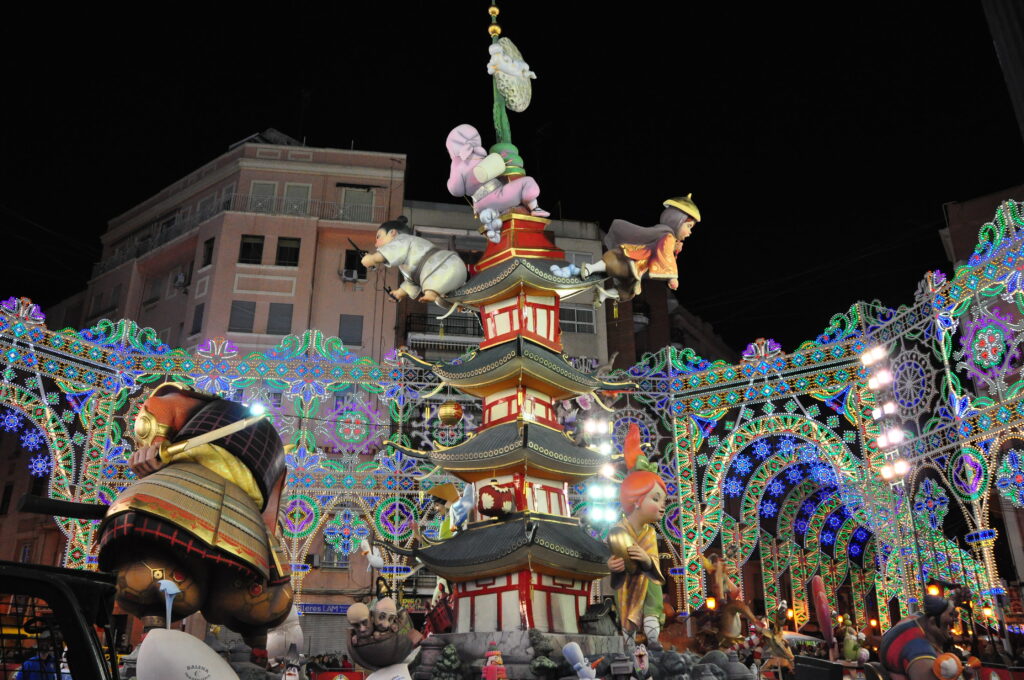
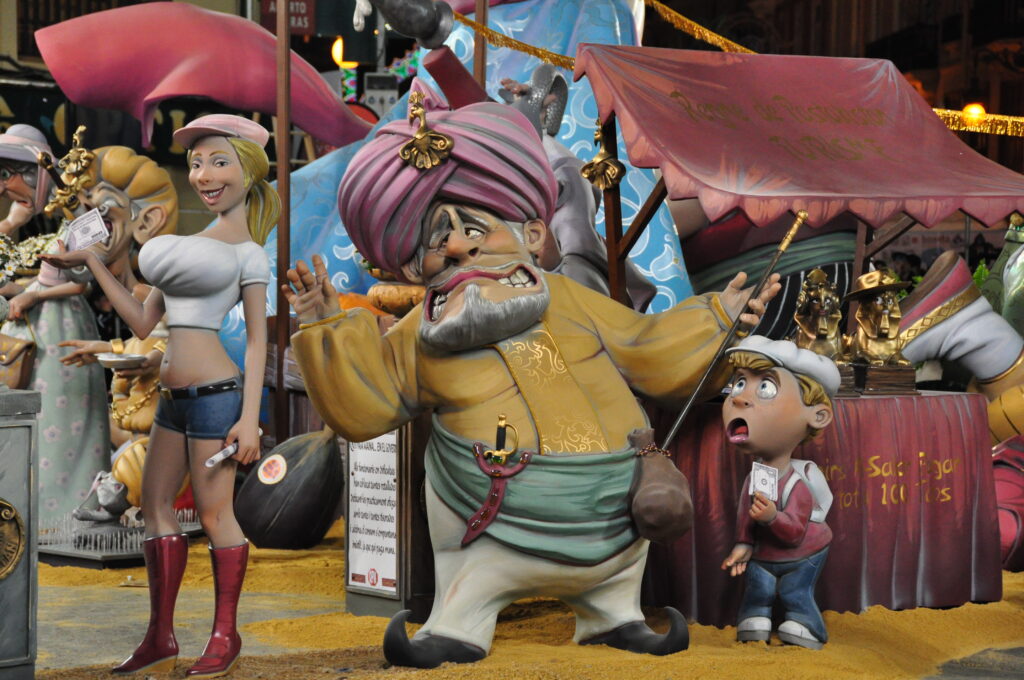
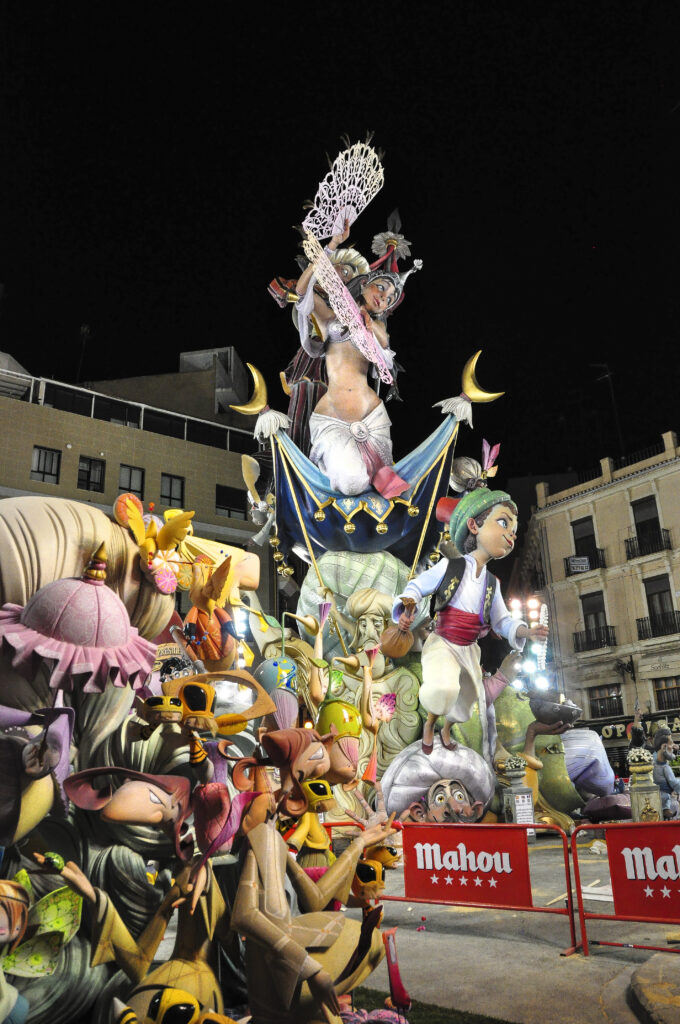
Valencia, March 15–19
In a surreal fusion of artistry, satire, and pyromania, Valencia’s Las Fallas festival sees giant papier-mâché sculptures—some over 30 feet tall—paraded through the city. By the festival’s end? They’re all burned to the ground.
Why it’s wild: The city erupts in explosions. Fireworks detonate daily in the daytime (yes, that’s a thing), and on the final night, “La Cremà,” flames engulf the city in a blaze of glory. Think: Burning Man meets political cartooning with a Spanish flair.
3. San Fermín (The Running of the Bulls): Tradition with an Adrenaline Shot
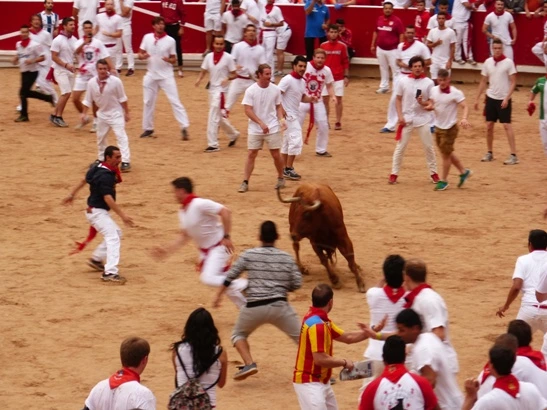
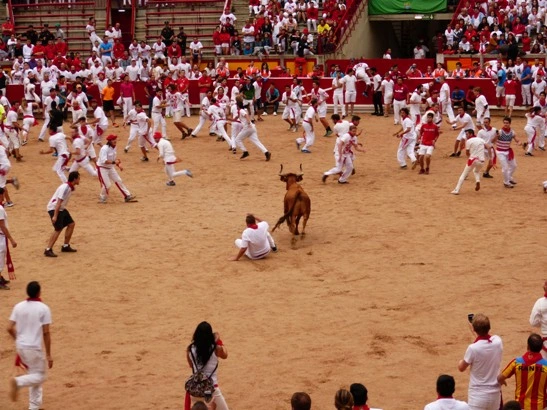
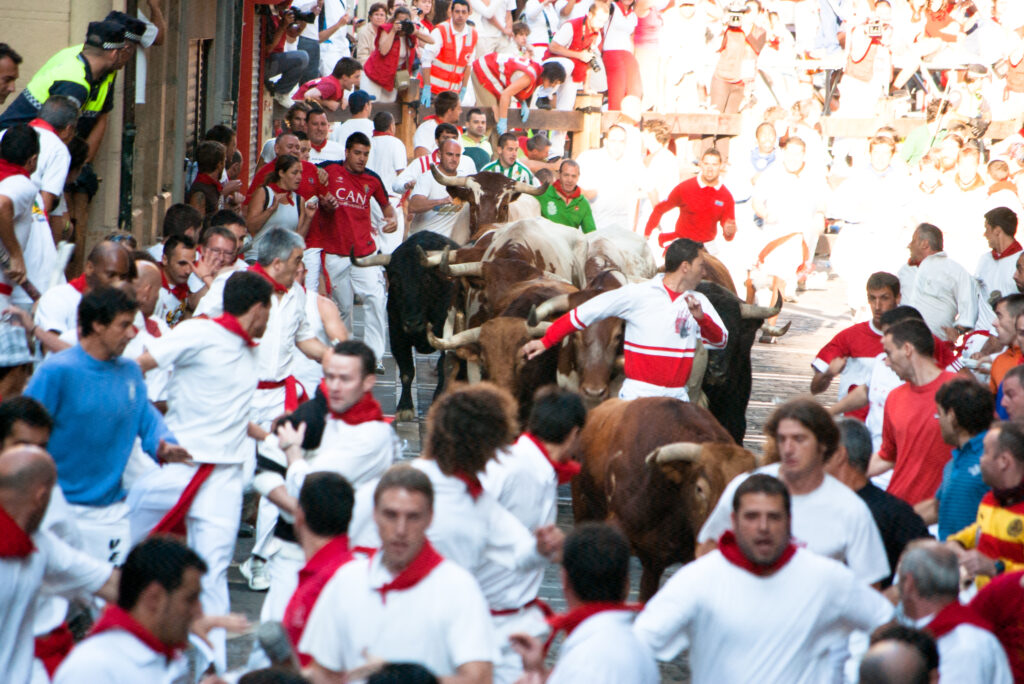
Pamplona, July 6–14
Immortalized by Hemingway, this festival is equal parts sacred and shocking. Every morning, thrill-seekers run alongside half-ton bulls through the streets of Pamplona. And every afternoon, those bulls face matadors in the bullring.
Why it’s wild: The danger is real, and the energy? Unmatched. There’s dancing, drinking, tradition, and tension—woven into one sleepless, red-scarved week.
4. Semana Santa, Spain : The Silent Thunder of Faith
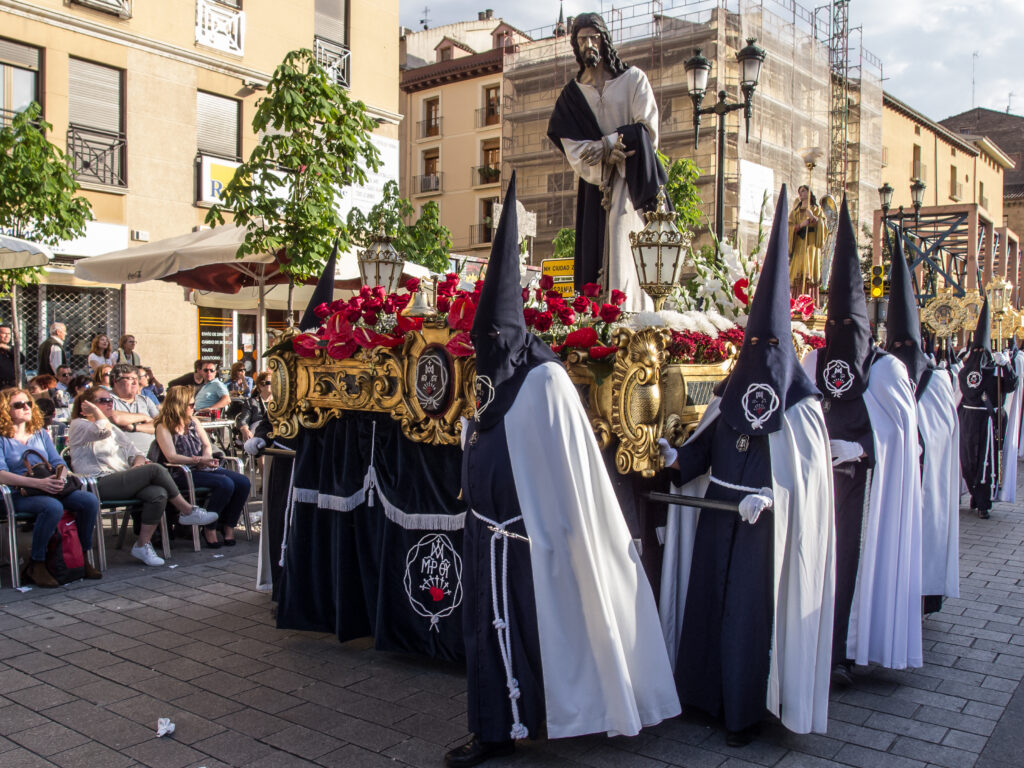
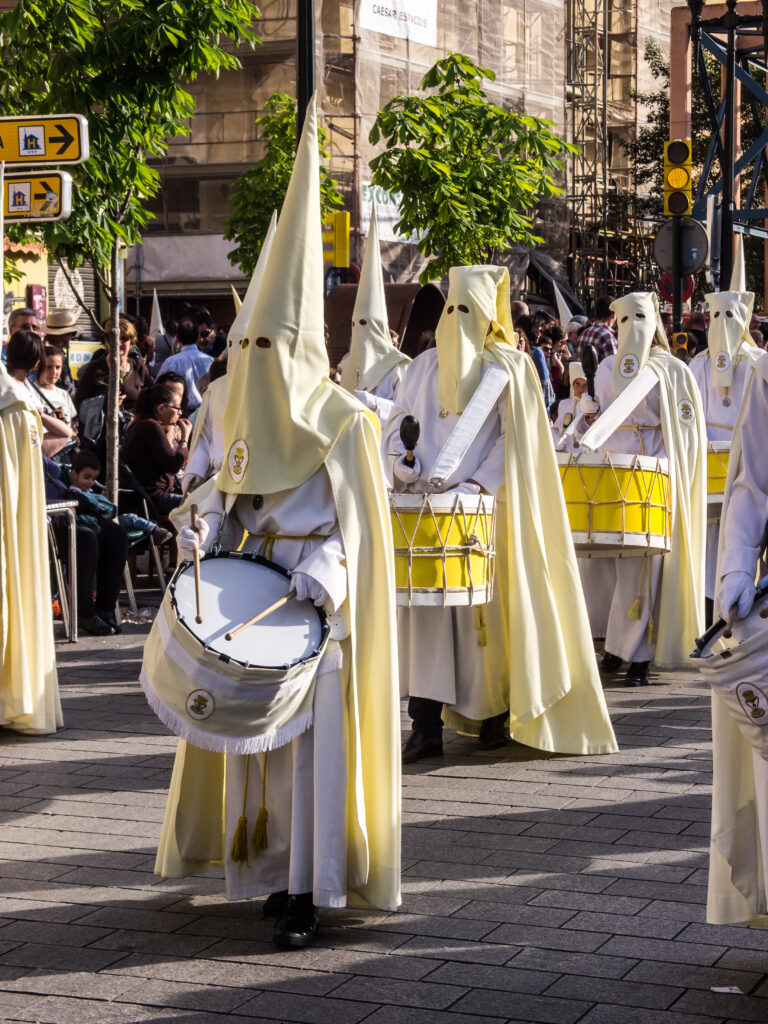
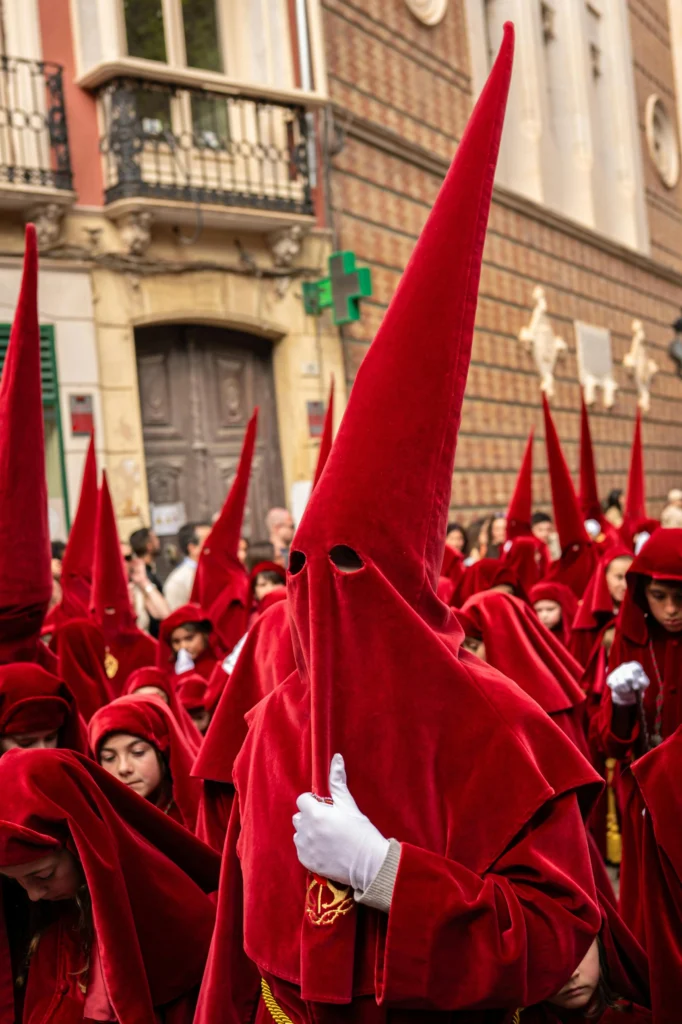
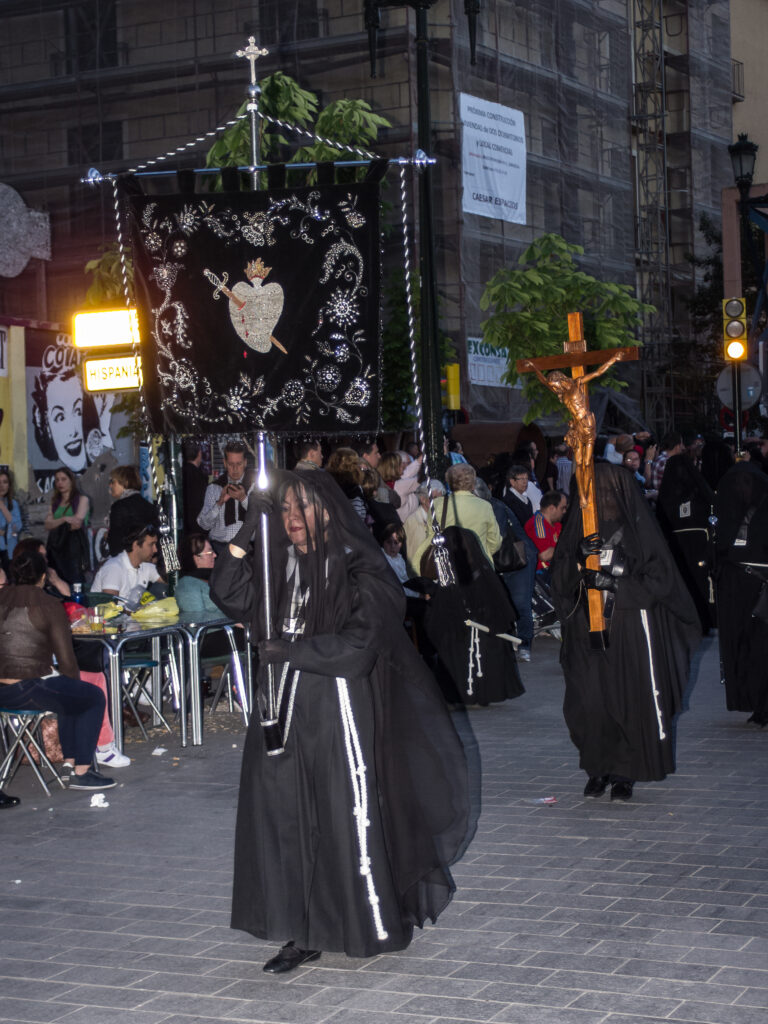
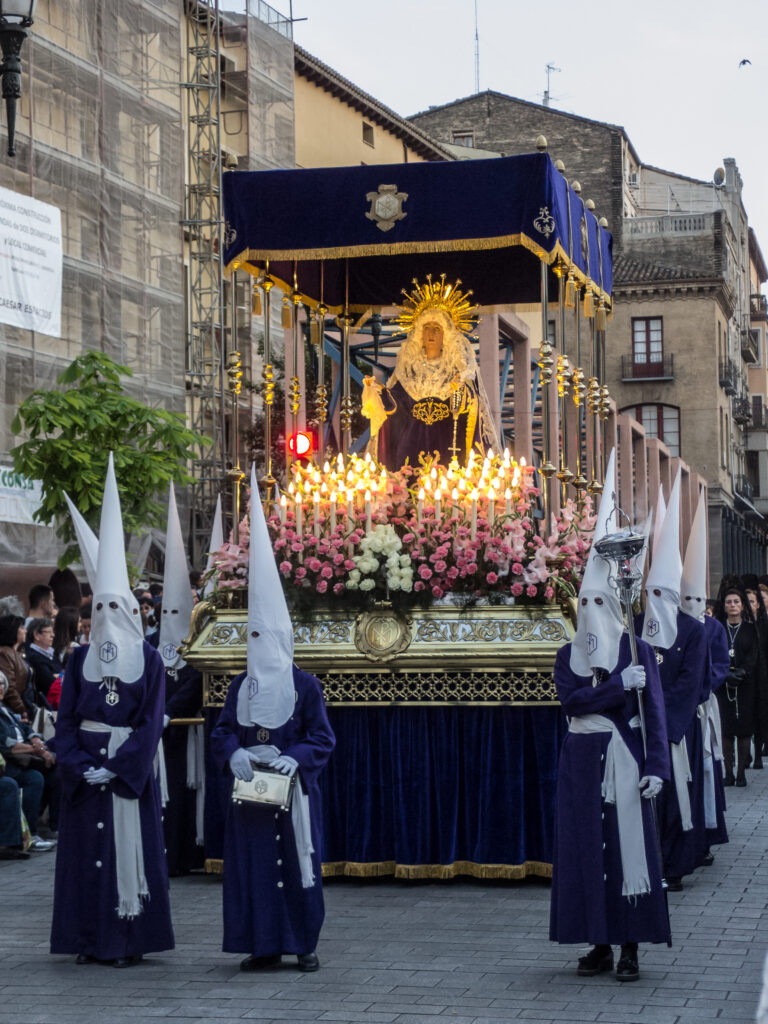
Seville, Málaga, Granada (Holy Week before Easter)
While not wild in the party sense, Semana Santa is emotionally intense. Giant religious floats, carried by hooded penitents, move slowly through the streets. Brass bands wail. The scent of incense and orange blossoms fills the air.
Why it’s wild: It’s haunting. It’s beautiful. It makes you feel like you’ve stepped into the 16th century. Even non-religious visitors find themselves spellbound by the gravity of it all.
5. Carnival in Tenerife: Rio’s Cousin with a Spanish Twist
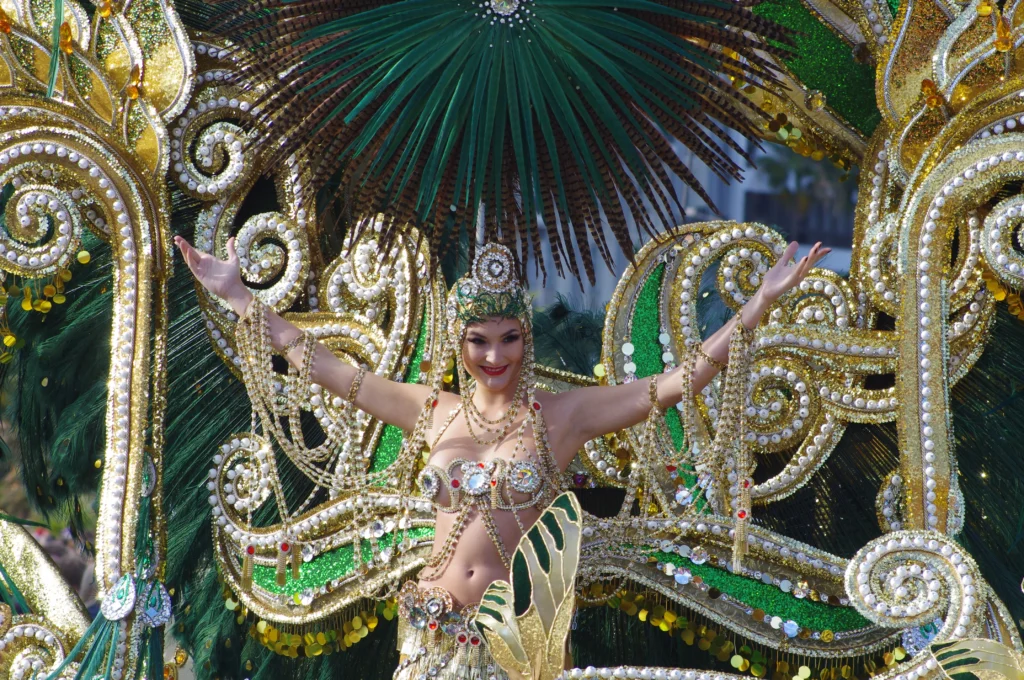
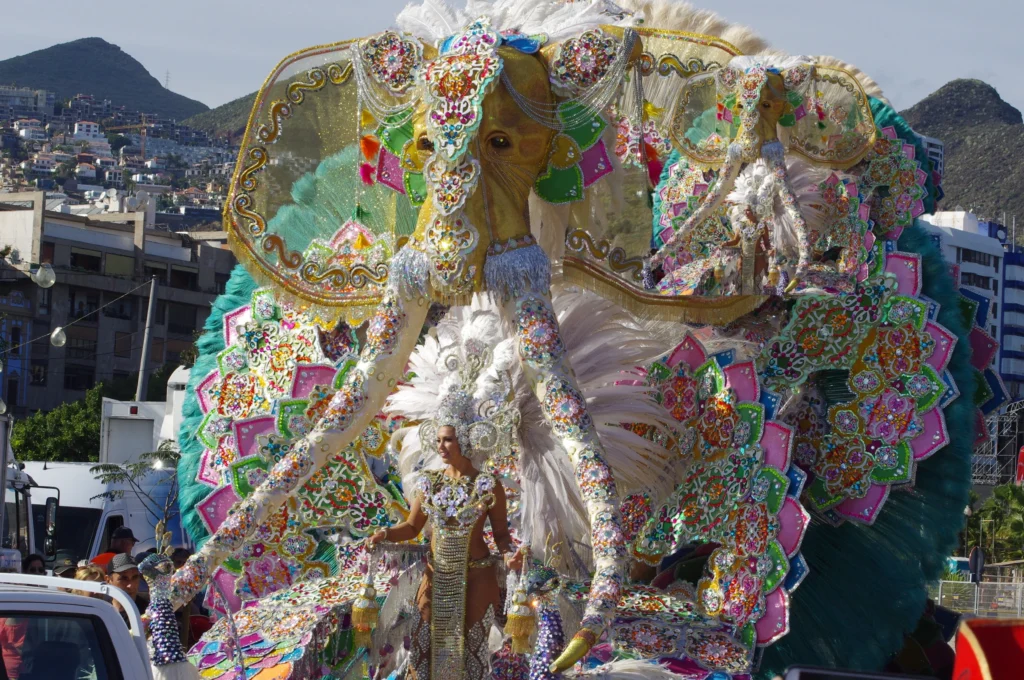
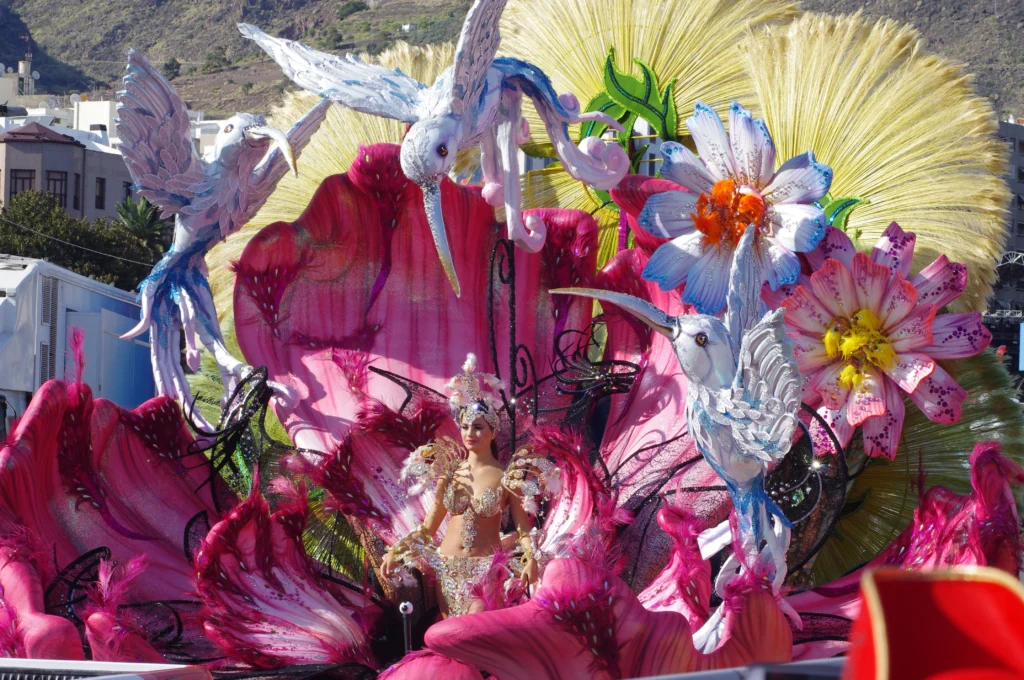
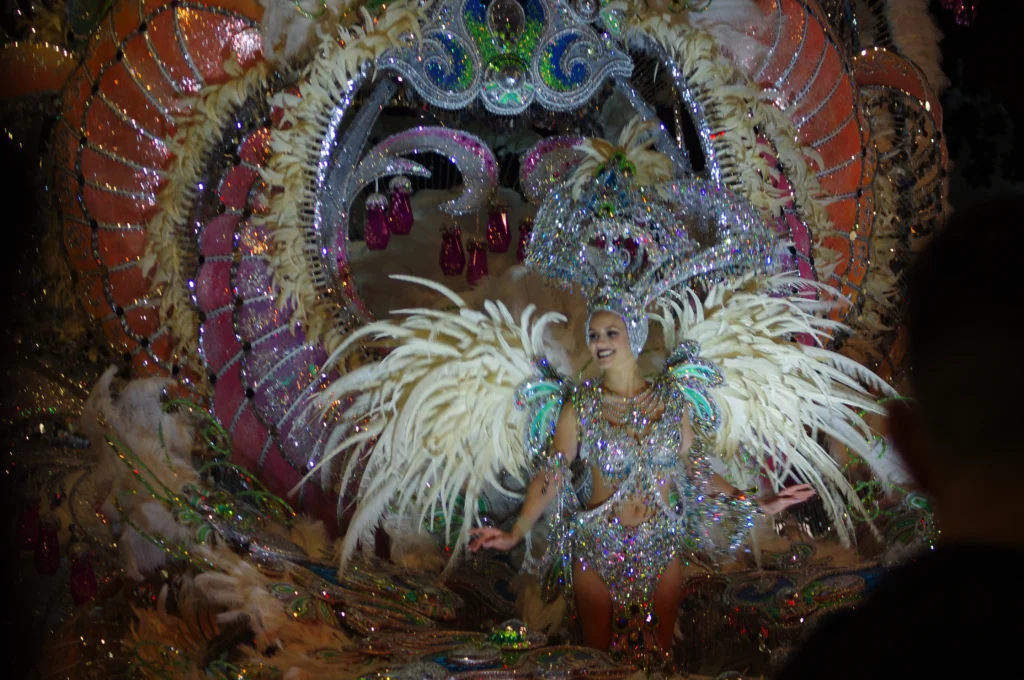
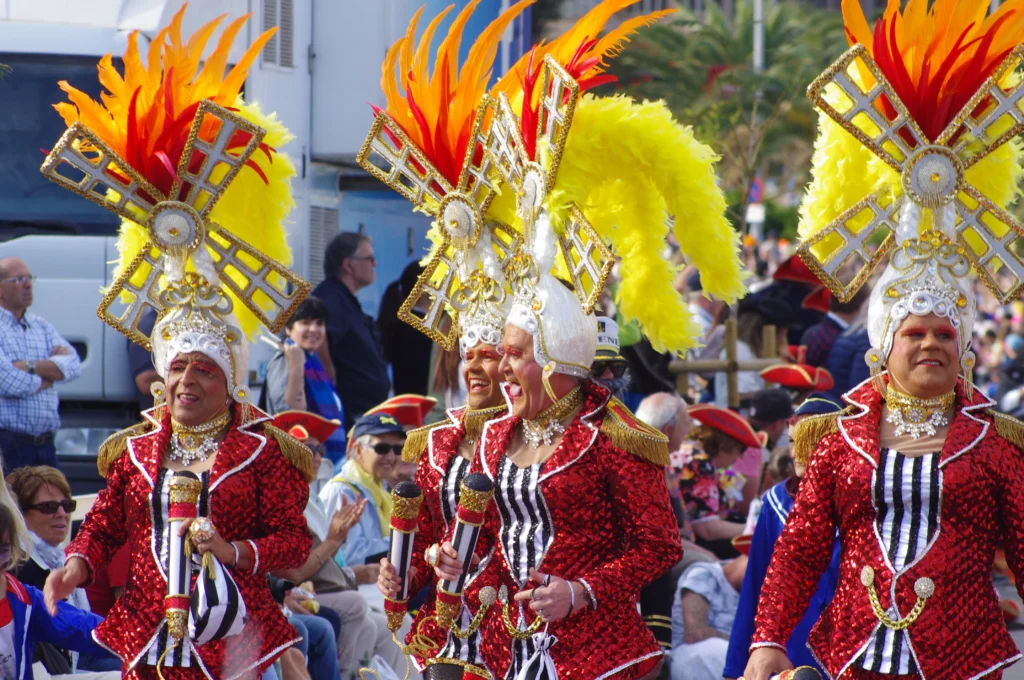
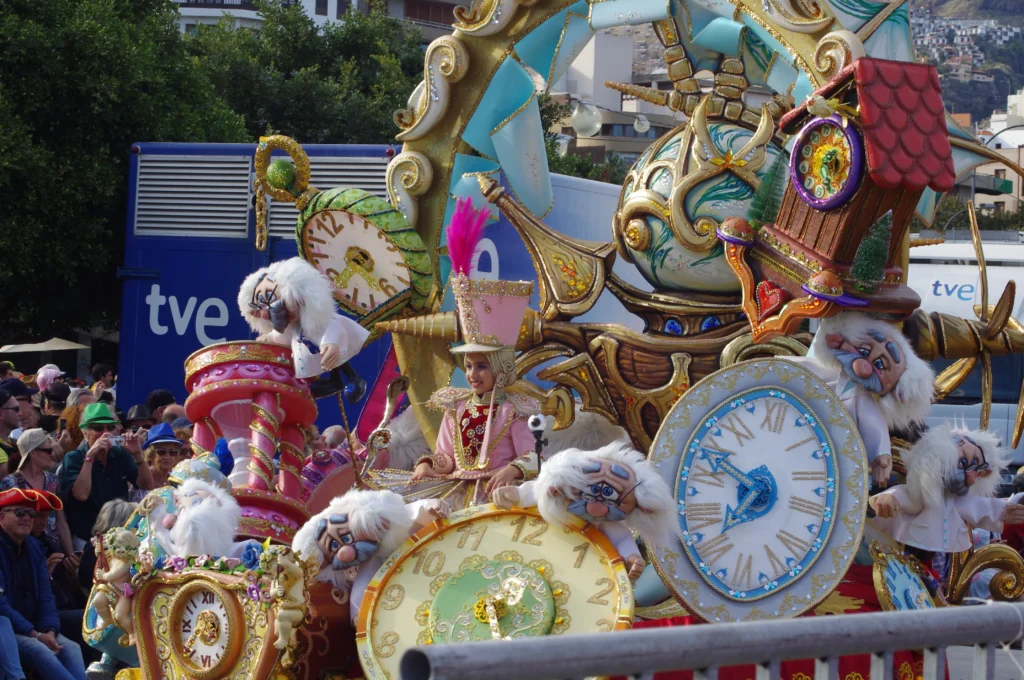
Tenerife, February
Spain’s Canary Islands host one of the world’s biggest carnivals—second only to Brazil’s. Expect flamboyant parades, outrageous costumes, drag queen galas, and nonstop street dancing.
Why it’s wild: It’s campy, chaotic, and unapologetically fun. Tenerife proves you don’t need to cross the Atlantic for a proper Carnival.
6. La Feria de Abril: Seville’s Weeklong Fairytale
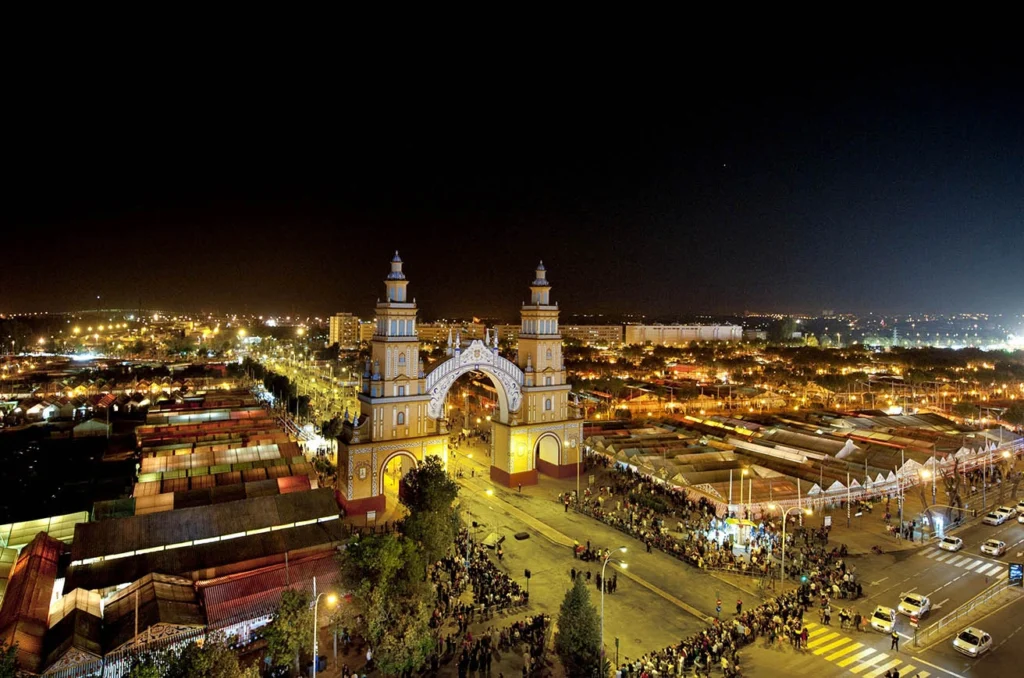
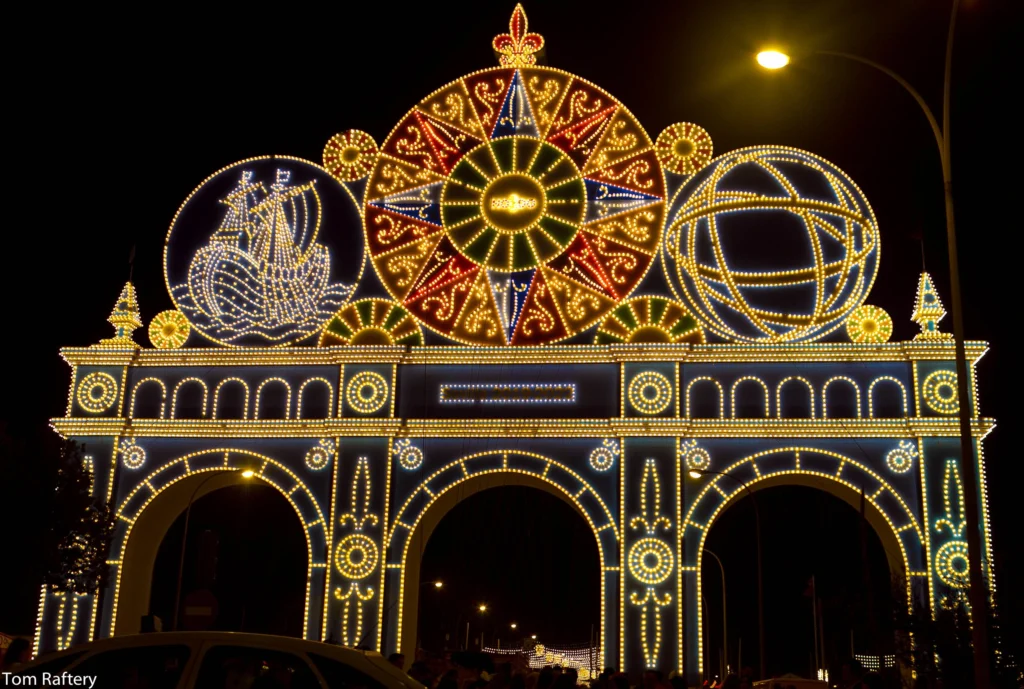
Seville, two weeks after Easter
After the solemnity of Semana Santa, Seville switches gears and explodes into color, flamenco, and festival tents (casetas). Locals dress in traditional outfits, ride horses through town, and party until sunrise.
Why it’s wild: It’s like a flamenco fever dream—music, passion, polka-dot dresses, and rebujito (a dangerously drinkable mix of sherry and soda).
7. Batalla del Vino: The Wine Battle of Haro, Spain
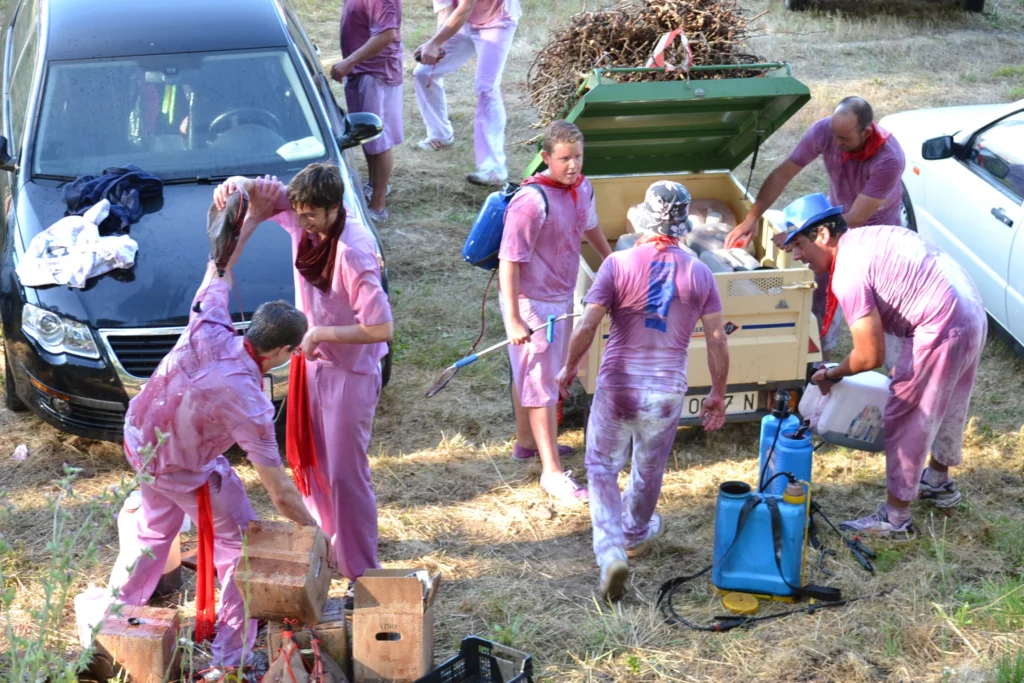
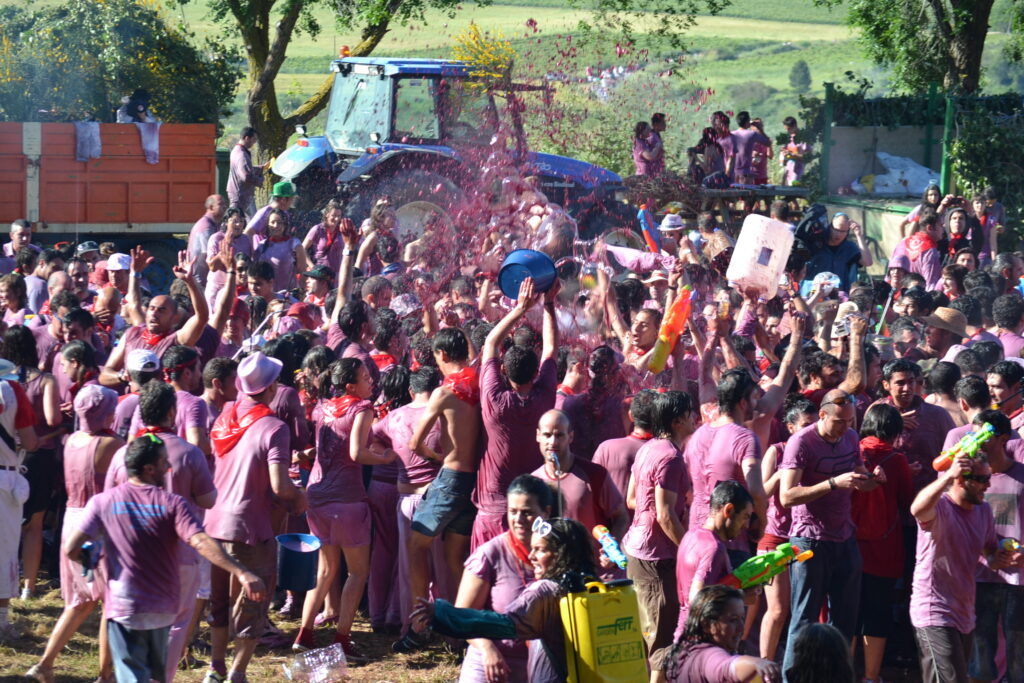
Haro, La Rioja – June 29
If La Tomatina is for tomato fans, this one’s for wine lovers. Thousands gather on a hillside with jugs, buckets, and sprayers full of red wine. The goal? Drench everyone.
Why it’s wild: You’ll end up purple, tipsy, and smiling from ear to ear. It’s as if Bacchus himself declared war on sobriety.
Festivals in Spain: More Than Just a Party
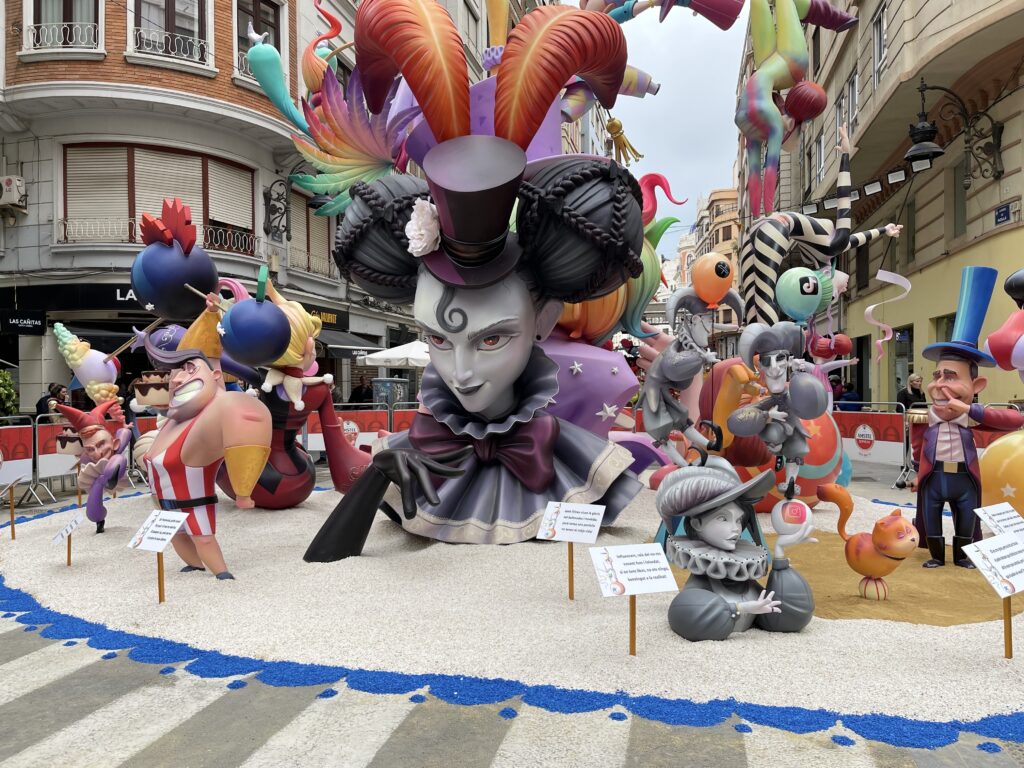
What sets Spanish festivals apart isn’t just the color or chaos—it’s the soul behind it. Many are rooted in centuries-old traditions. Others reflect regional identities, politics, or resistance. And all of them? They bring people together. In Spain, fiesta isn’t a break from life. It is life.

